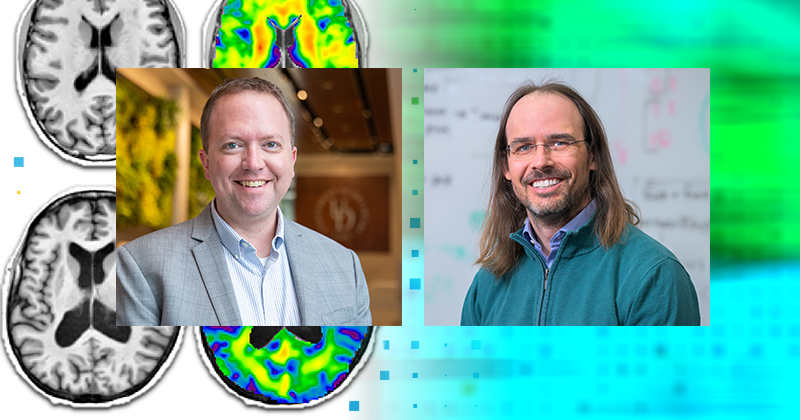For the first time, Curtis Johnson, associate professor of biomedical engineering at the University of Delaware and Austin Brockmeier, an assistant professor of electrical and computer engineering, computer and information sciences, and a resident faculty member of UD’s Data Science Institute, along with three current and former UD students, have shown that combining artificial intelligence and MRE techniques is a reliable way to predict the age of a healthy brain and could be used to identify structural differences that indicate departure from the normal aging process.

